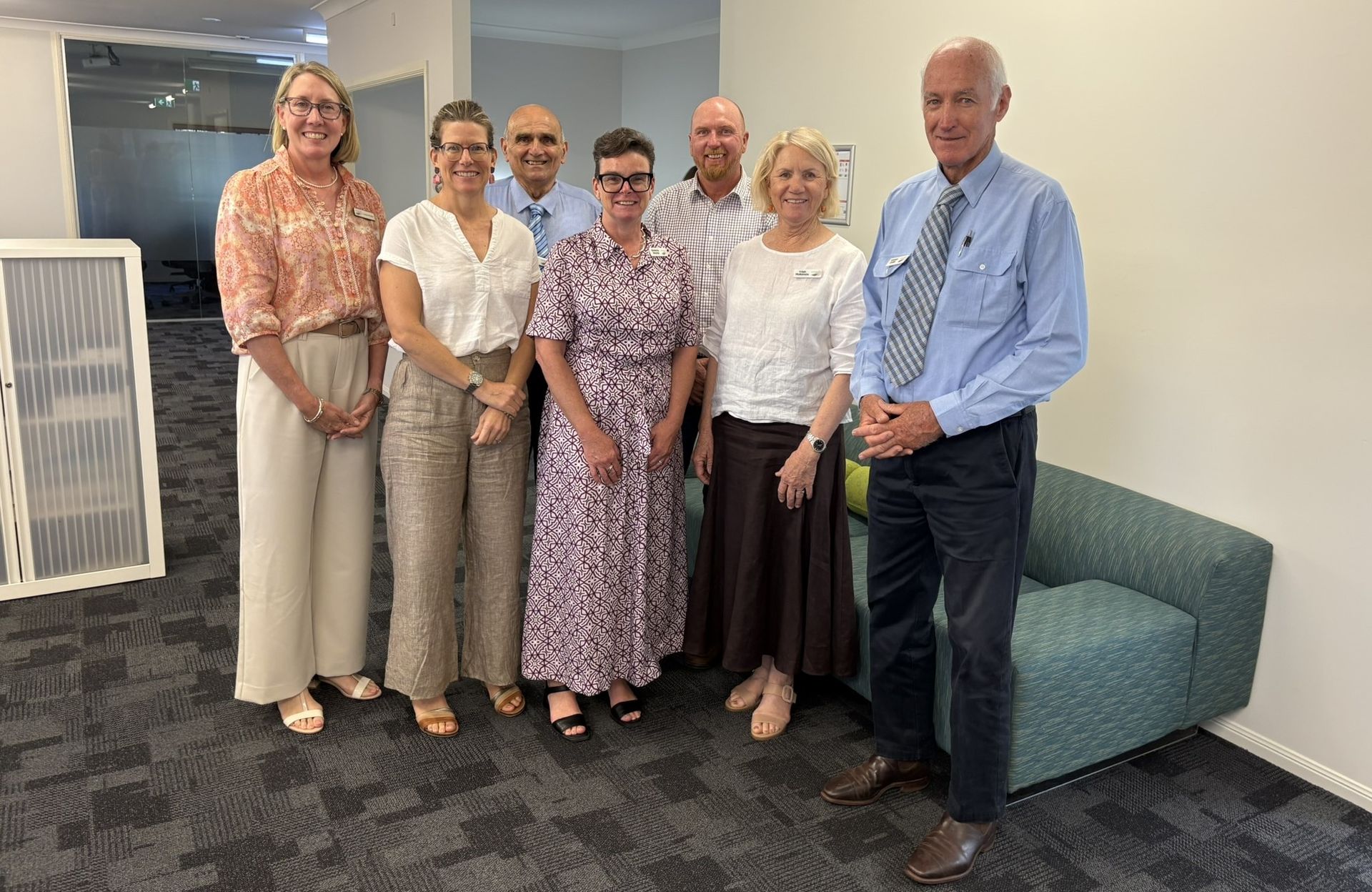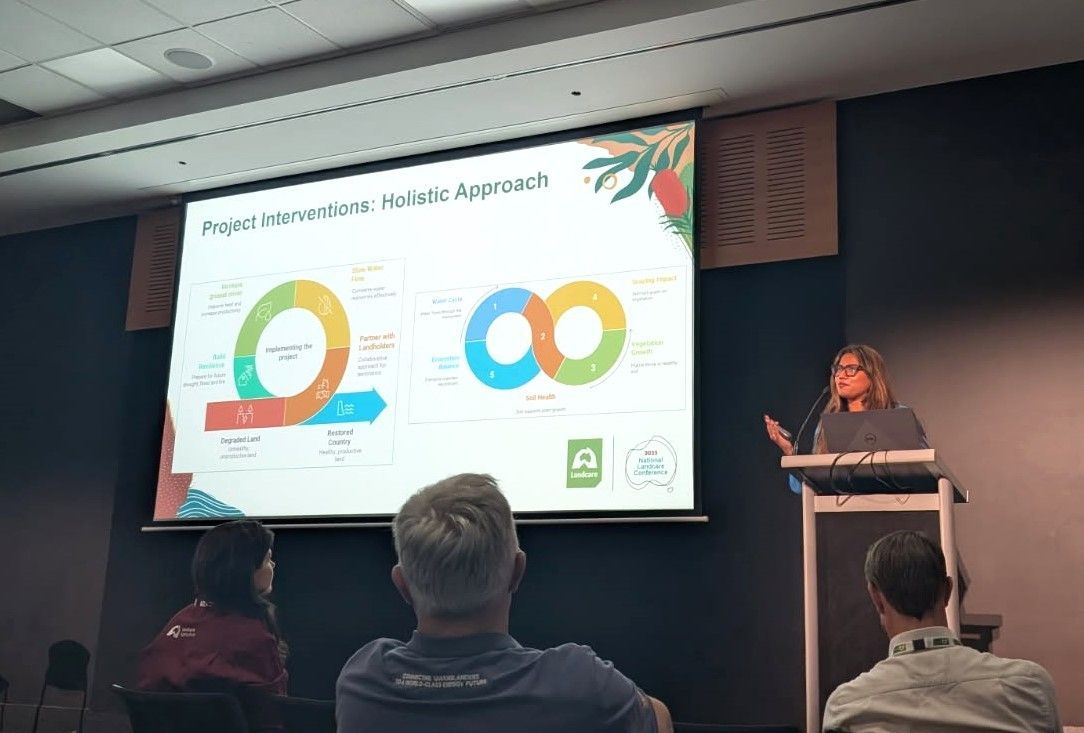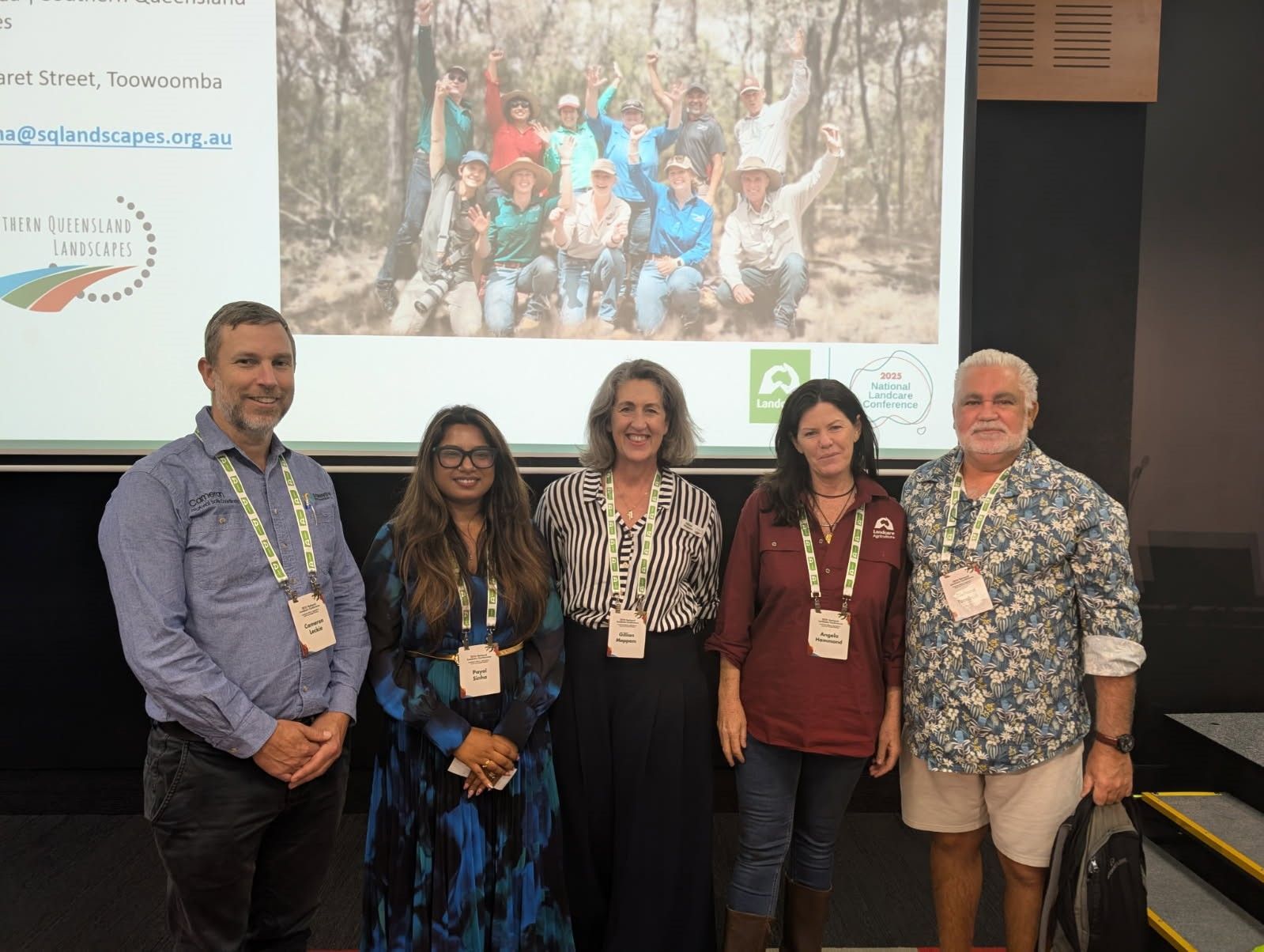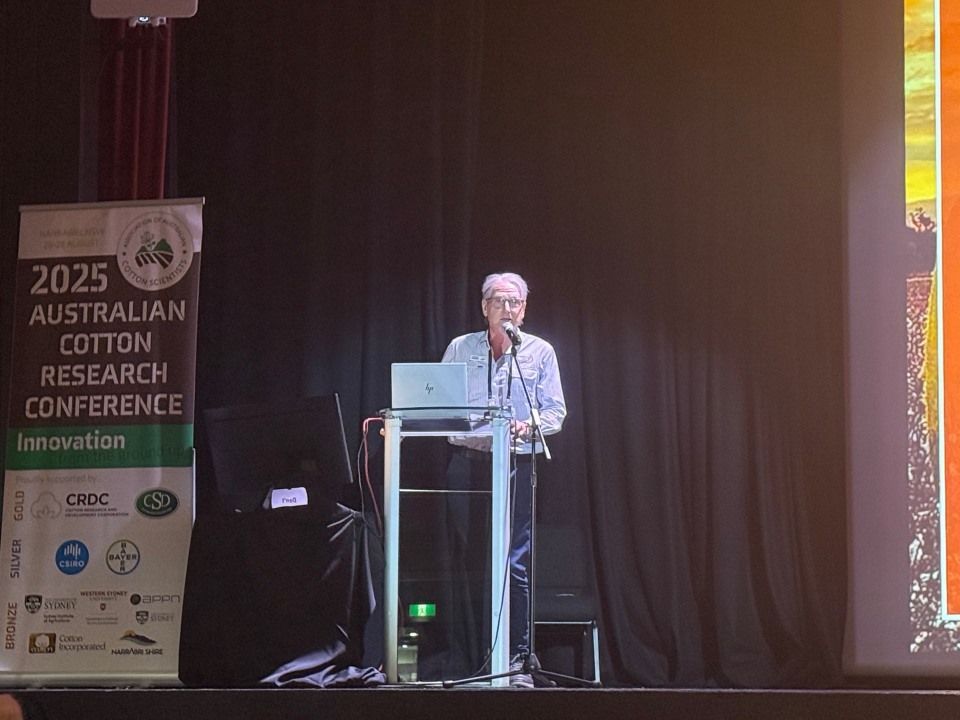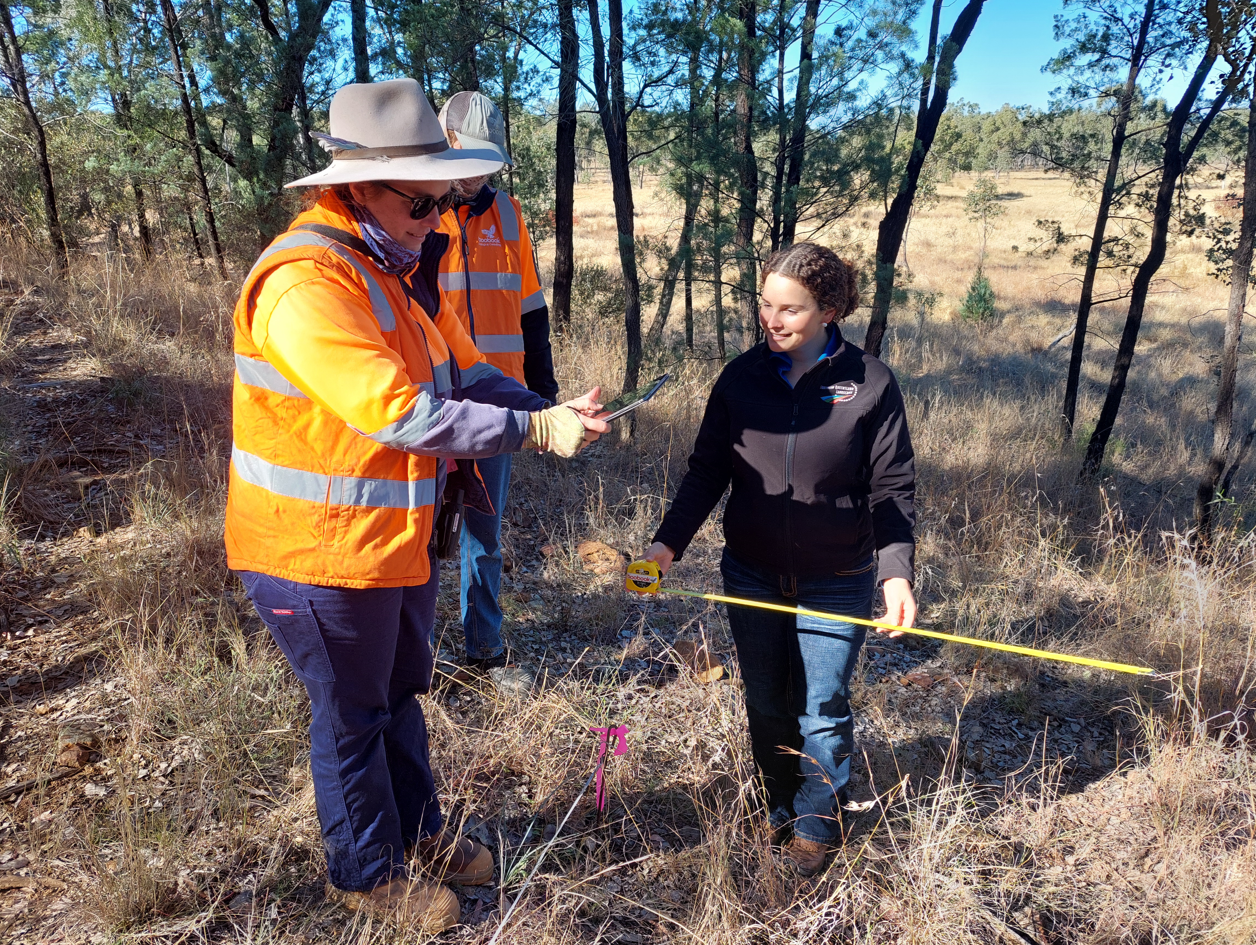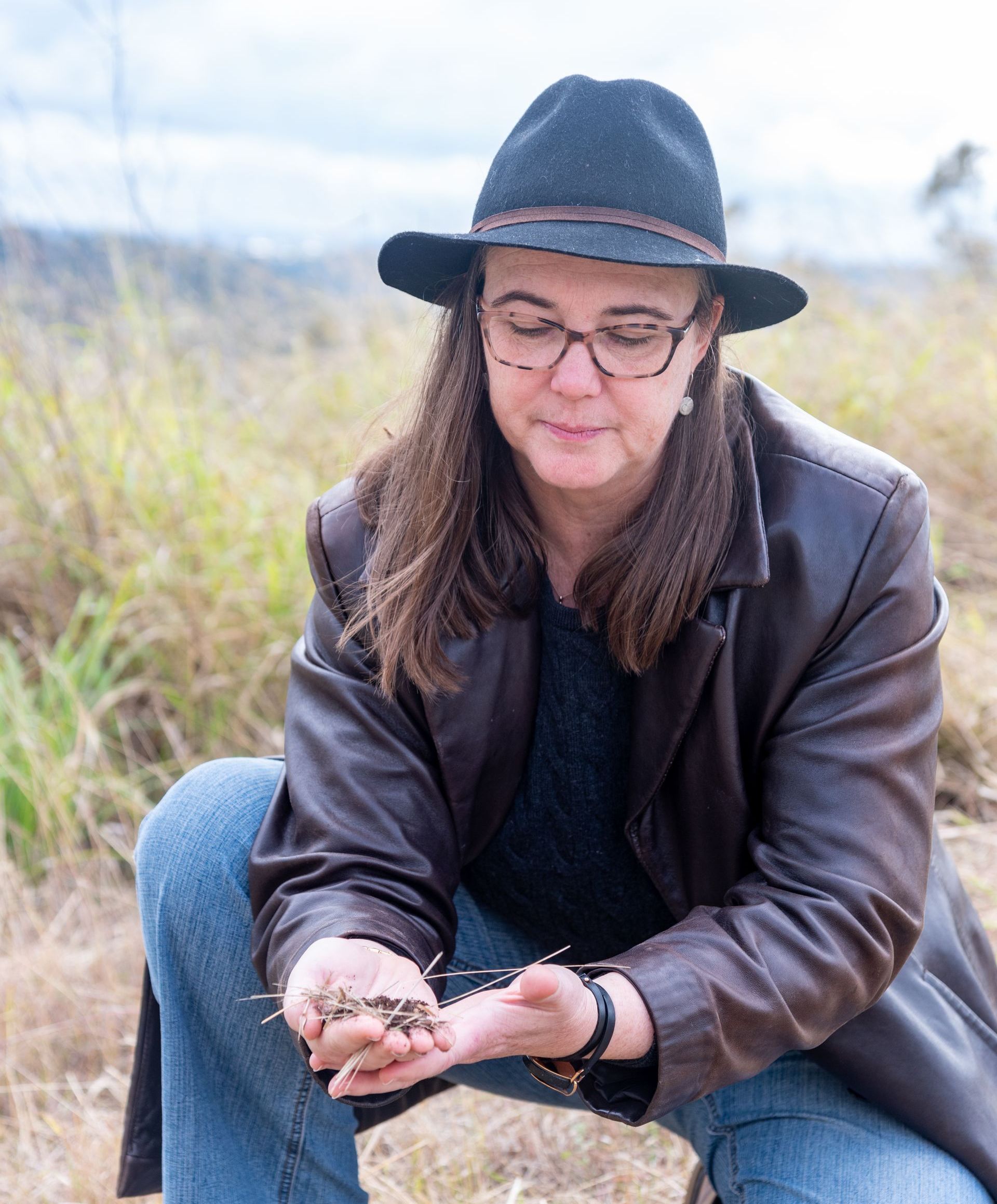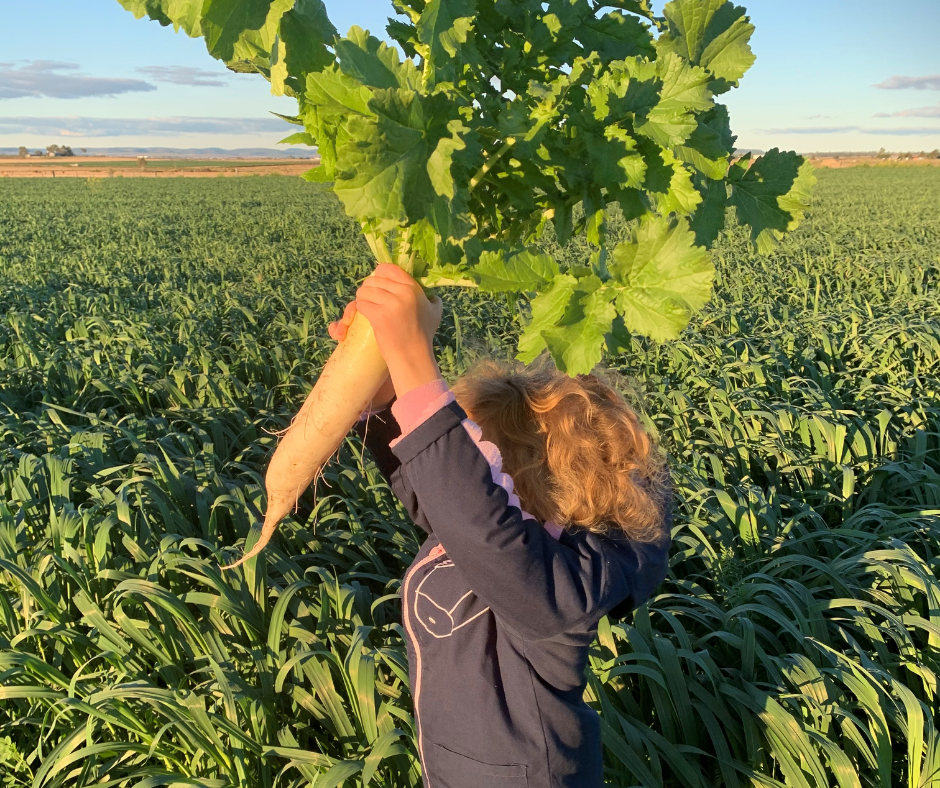Agronomist Ian Moss told the crowd there were three things they could do to improve the function of their soils including increasing soil organic matter, addressing nutrient cycling and thinking hard about the damage we do to the soil.
“I really do think we need to rethink the assumptions we make about how plants pick up nutrients,” Ian Moss said.
“When you do a lot of plant testing and soil testing you realise that there’s not always a lot of correlation with what’s in the soil and what the plants are taking up,” Mr Moss said.
“And there’s new science and research around a process called rhizophagy where plants are feeding microbes sugars and that’s enabling and giving the energy to those microbes to go and access nutrients and then the roots are literally taking those microbes inside and stripping the nutrients from them,” he said.
“It’s a pretty exciting new discovery.”
“Rhizophagy (means root eating) or rhizopghapy cycling or symbiosis is a cyclic process whereby bacteria and fungi cycle between a free-living phase in the soil and a plant-dependent phase within cells of plant roots. The discovery that plants actively cultivate and then extract nutrients from symbiotic microbes is new.”
READ MORE https://phys.org/news/2018-09-harness-microbes-nutrients.html
Meanwhile, David Lange from Auscrimper discussed the need to get more water into soil and more water into the whole landscape.
“I think probably the most important thing we can take away as regenerative farmers is to keep something green growing in our soil all the time,” David Lange said.
“Because the green plants are cycling carbon and they’re working the water cycle and they’re working the mineral cycle and that will all lead to a healthier soil and ecosystem in our soil,” Mr Lange said.
Farmer and 2017 Nuffield Scholar Alex Nixon agreed, adding that for his grain and beef enterprise, “Devon Court” near Roma, the number one priority was ground cover.
“We try to have a big focus on keeping 100% ground cover, 100% of the time, both in our farming portion of our land and our grazing,” Alex Nixon said.
“Number two is utilising the tools we already have in our tool bag like zero till planters and stripper fronts to try and leave as much residue behind as possible,” Mr Nixon said.
Owner and Operator at Nyngan Seed Graders, Martin Williams said we’ve got to get our thinking right and in a holistic way.
“We want to be looking at the big picture and condensing it all down and then getting it in our head because if it doesn’t happen in our head it won’t happen in our paddock,” Martin Williams said.
“Plants build soil. And what’s even more important than that is that diversity of plants build soil. All the great soils in the world were built by plants,” Mr Williams said.
BEAR Biologics Agroecologist Sarah Fea further added that people need to start thinking of their soil as a living thing.
“I’d like people to really connect that soil is living, it’s a living entity,” Sarah Fea said.
“So if I can think, what it is that makes it (the soil) comfortable as another organism...so, how do you change tillage practices? How shall we relook at pesticides? How can we start changing these sorts of things to help that living organism function better without those things impeding its ability to actually function,” Ms Fea said.
“Another key thing is to look around the room and see this great community and work out how to get more involved in and keep this conversation going. To keep ourselves engaged on this journey,” she said.
As the major drawcard for the conference, Dr Christine Jones put it simply.
“All a farmer really needs to know is how to have increased plant diversity; because that will have the flow on effect of increasing microbial diversity in the soil- and soil function depends on soil microbial diversity,” Dr Christine jones said.
“Several years ago we didn’t understand that the soil microbiome controlled the functioning of soil,” Dr Jones said.
“So we have to understand how to stimulate soil microbiome, we understand how to stimulate soil biology in terms of having increased abundance and diversity of microbes in the soil which means we need to have increased diversity of plants above the ground because it is the plants that support the soil microbiome,” she said.
- For more watch the Creating Functioning Soils Conference video: https://www.youtube.com/watch?v=t3Ixsjzbxng
- Become an SQ Landscapes Member and find out about future events like this https://www.sqlandscapes.org.au/become-a-member
- Subscribe to our E-newsletter list https://www.sqlandscapes.org.au/about-us#SubscribetoourE-Newsletter
This project is supported by Southern Queensland Landscapes through funding from the Australian Government's National Landcare Program.
